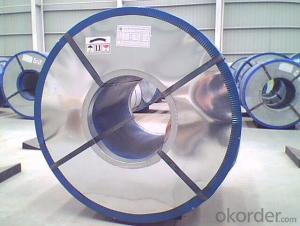Reinforced steel structures have been a cornerstone of modern architecture and engineering for decades. They provide strength, durability, and flexibility, making them an ideal choice for a wide range of applications. From towering skyscrapers to elegant bridges, these structures are a testament to human ingenuity and our desire to push the boundaries of what is possible.
The Power of Steel
Steel is a versatile material that can be molded into various shapes and sizes. It is strong, yet malleable, allowing it to be used in a multitude of ways. The strength of steel is what makes it such a popular choice for reinforced structures. It can withstand immense pressure and weight, ensuring that the structures it supports remain stable and secure.
A History of Innovation
The use of steel in construction dates back to the 19th century, but it wasn’t until the 20th century that it truly took off. The development of new techniques and technologies allowed for the creation of larger and more complex structures than ever before. The Eiffel Tower, completed in 1889, is a prime example of the power and potential of steel.
The Role of Reinforcement
Reinforcement is the key to unlocking the full potential of steel. By combining steel with other materials, such as concrete, we can create structures that are not only strong but also resistant to various environmental factors. This is particularly important in areas prone to natural disasters, where the durability and resilience of reinforced steel structures can be the difference between life and death.
The Art of Engineering
Engineering is as much an art as it is a science. The design and construction of reinforced steel structures require a delicate balance of creativity and technical expertise. Engineers must consider a wide range of factors, from the materials used to the local environment and climate, to ensure that the final product is both functional and aesthetically pleasing.
The Future of Reinforced Steel Structures
As we look to the future, the demand for reinforced steel structures is only set to increase. With a growing global population and the need for sustainable, durable infrastructure, the role of reinforced steel in our lives will continue to grow. Innovations in materials and construction techniques will also play a crucial role in shaping the future of these structures, ensuring that they remain at the forefront of architectural and engineering excellence.
Embracing Change, Embracing Reinforced Steel
The world is constantly evolving, and so too must our structures. Reinforced steel is not just a material; it’s a symbol of our ability to adapt and overcome. As we continue to push the boundaries of what is possible, reinforced steel structures will be there, supporting us every step of the way.
In conclusion, reinforced steel structures are more than just buildings and bridges; they are a reflection of our society’s values and aspirations. They represent our commitment to progress, our respect for the past, and our hope for the future. As we continue to innovate and explore new possibilities, the role of reinforced steel in our lives will only become more significant.

